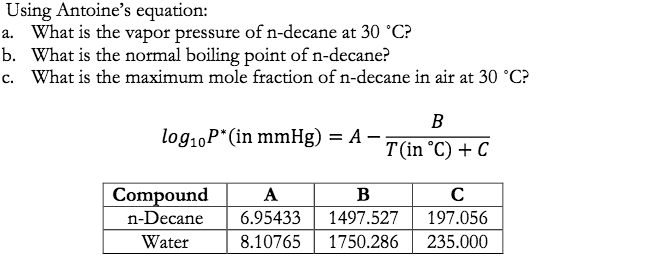

Under certain conditions these particles can agglomerate to form large lumps that disrupt the production process. In polyolefins production the product of the bed is a granule in the order of 200 μm diameter. Acoustic emission is a good indicator of the onset of bed disorders such as unwanted agglomeration of particles. It is therefore easy to detect the onset of slugging behavior and to exercise a control measure.Ĭhange in particle size and morphology influence the flow regimes within the bed and the acoustic emission produced.

As the bubble size changes the modulation frequency also changes. The passing of bubbles through the bed causes a low-frequency modulation of the acoustic emission amplitude. Anything in the fluid bed, which changes the velocity, size, or hardness, brings about a change in the acoustic emission signals detected. A resonant sensor, mounted on the outside wall of a fluid bed, senses the motion of the particles from their impact. This lifts the material in the top sections of the bed causing loss of solid material and very poor efficiency.įluid beds produce large levels of acoustic emission. In extreme cases when the bubble diameter approaches that of the vessel a phenomenon known as ‘slugging’ may develop. When bubbles grow too large they serve as conduits for gas by-pass thereby reducing gas–solid contact. The bubbles are responsible for much of the mass transport of particles and are an important part of the mixing process. In the wake of these pockets is a stream of high-velocity particles. These are pockets of gas moving upward through the bed. In dense beds a ‘bubble phase’ is often seen. The particles move upwards in the center of the bed and fall downwards, under gravity, at the walls. In a fluidized bed, an upward current of gas suspends particles. These are of particular interest in the food and pharmaceutical industries.

The gas is the monomer ethylene or propylene.įluid beds are frequently used to produce granules or to dry particulate materials. The particles consist of growing polyolefin granules (polyethylene or polypropylene). In the petrochemicals industry they are used for producing polyolefins on a very large scale. Belchamber, in Encyclopedia of Analytical Science (Second Edition), 2005 Fluid Bedsįluid bed technology is important in the oil, petrochemical, pharmaceutical, and food industries.Ĭatalytic cracking is an important process in the oil industry where petroleum vapor passes through a low-density bed of catalyst, which causes the heavier fractions to ‘crack’ producing lighter more valuable products. This is the way to test for a double C=C bond in a molecule.R.M. Īlkenes will react with bromine water and turn it from orange/brown to colourless. For example, ethene molecules can react together to form poly(ethene), a polymer. Alkenes can take part in reactions that alkanes cannot.
Alternative balanced equation for the cracking of decane series#
AlkenesĪlkanes and alkenes both form homologous series of hydrocarbons, but:

Since cracking converts larger hydrocarbons into smaller hydrocarbons, the supply of fuels is improved. Smaller hydrocarbons are more useful as fuels than larger hydrocarbons. Very often, fractional distillation of crude oil produces more of the larger hydrocarbons than can be sold, and less of the smaller hydrocarbons than customers want. The demand is how much of a fraction customers want to buy. The supply is how much of a fraction an oil refinery produces. It produces alkenes, which are useful as feedstock for the petrochemical industry.It helps to match the supply of fractions with the demand for them.Butane and ethene are produced Reasons for crackingĬracking is important for two main reasons:


 0 kommentar(er)
0 kommentar(er)
